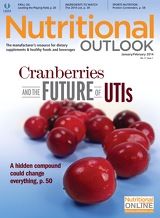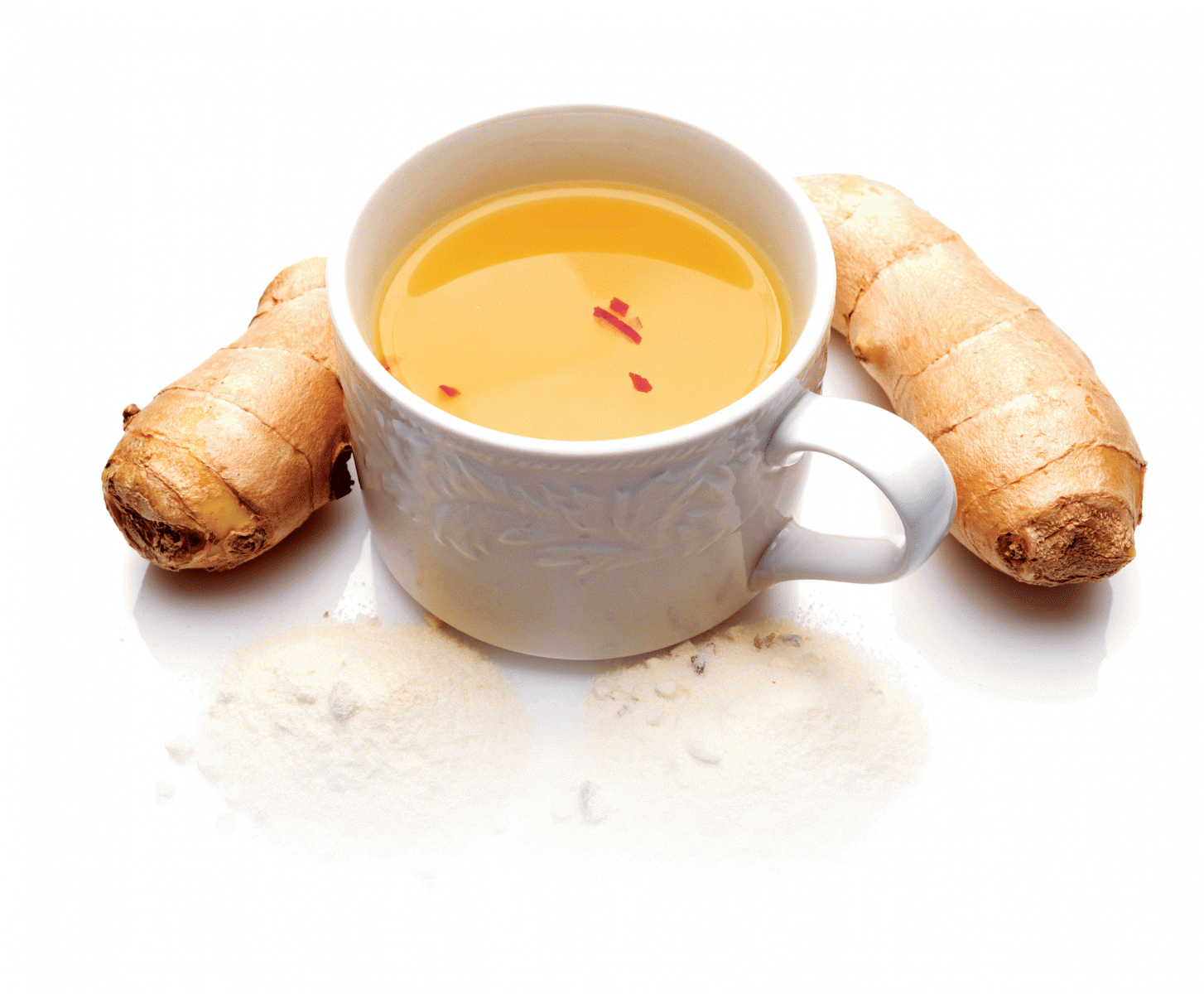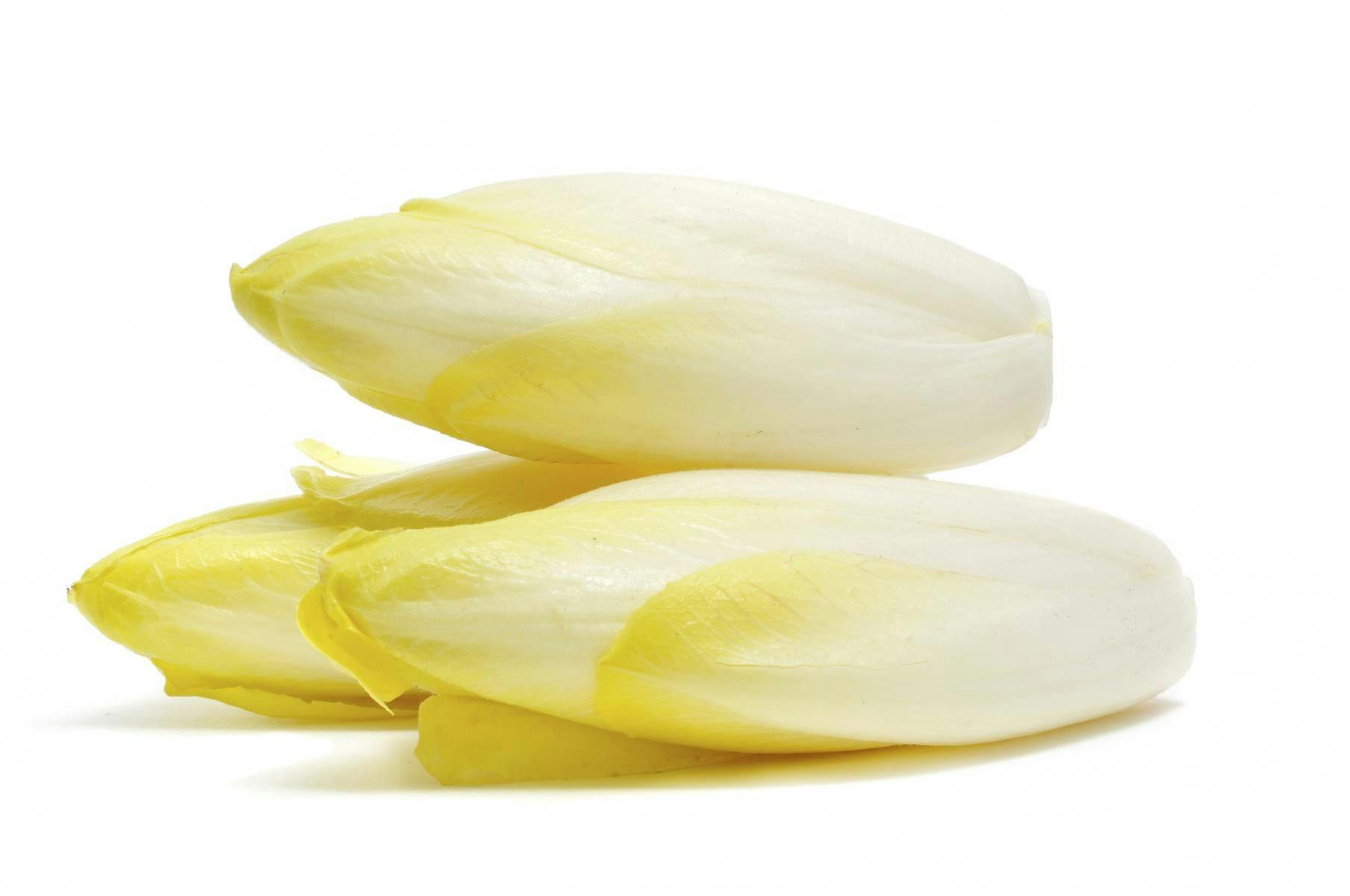Astaxanthin Suppliers Unite to Promote Natural over Synthetic Forms
Microalgae-based suppliers form their own industry association against synthethic astaxanthin now on the human market.

Three suppliers of microalgae-based astaxanthin ingredients have come together to form the Natural Algae Astaxanthin Association (NAXA). The association’s goal is to educate the public about the differences and benefits of natural astaxanthin, especially compared to synthetic astaxanthin.
Astaxanthin demand is growing as consumers learn about the ingredient’s high antioxidant activity and studied health benefits for vision, brain health, heart health, and immune support. Publicity from outlets such as The Dr. Oz Show helped heighten demand.
To meet growing demand, ingredient suppliers have sought different ways to produce astaxanthin, resulting in various forms on the market. Producing astaxanthin from microalgae (Haematococcus pluvialis) is one way. Algal astaxanthin suppliers call their ingredient “natural” compared to other forms. Other suppliers-most recently DSM (Parsippany, NJ) last November-have entered the market with “nature-identical” or synthetic forms of astaxanthin, which may be cheaper and easier to produce in high quantities. Some producers also derive astaxanthin from yeast (Xanthophyllomyces dendrorhous).
But there are significant molecular and other differences between algal astaxanthin and nature-identical and yeast-derived astaxanthin, say microalgae producers. A research paper published in the December 2013 issue of Nutrafoods, sponsored and written by algal astaxanthin supplier Cyanotech Corp. (Kailua-Kona, HI), discusses some of the key differences, including stereochemistry, esterification, and the presence of other beneficial carotenoids in microalgae astaxanthin that are absent in the synthetic form, such as beta-carotene, canthaxanthin, and lutein.
Cyanotech is one of NAXA’s founding companies, along with Algatechnologies Ltd. (Kibbutz Ketura, Israel) and Fuji Chemical Industry Company, Ltd. (Toyama, Japan).
The Nutrafoods paper states that in vitro antioxidant activity testing performed separately by Creighton University and Brunswick Laboratories showed algal astaxanthin to be over 50 times stronger than synthetic astaxanthin at singlet oxygen quenching and 20 times stronger at eliminating free radicals.
“If synthetic astaxanthin has only 2%-5% of the antioxidant power of natural algae astaxanthin, how can it possibly work as well for heart health, brain health, joint health, skin health, and the other areas in which we have established solid evidence from human clinical trials on natural algae astaxanthin?” asked Kazuyuki Miyakawa, chief scientific advisor for Fuji Chemical Industry, in a NAXA press release.
Also, while yeast-based astaxanthin does have a new dietary ingredient (NDI) notification filed with FDA, there are "some fairly severe restrictions on use: it’s not for long-term use and not for children," Gerald R. Cysewski, PhD, Cyanotech's executive vice president and chief scientific officer, tells Nutritional Outlook. Also, in the NDI notification, the yeast-based dose is limited to 2 mg/day. Bob Capelli, Cyanotech's vice president of sales, tells Nutritional Outlook that while this 2-mg/day dose has demonstrated antioxidant and immune health benefits, astaxanthin's human clinical evidence for brain, joint, cardiovascular, and skin health is for doses ranging from 4-12 mg. Microalgae astaxanthin's NDI notification covers a dose of up to 12 mg/day.
Human clinical studies showing astaxanthin’s safety and health benefits have been done only on the microalgae form, the NAXA companies add. Historically, synthetic astaxanthin ingredients such as DSM’s have been used primarily as an additive in feed products to give salmon flesh its pink hue. BASF (Ludwigshafen, Germany) is another company that sells astaxanthin for feed use.
Based on these facts, NAXA’s members hope to convince industry members that microalgae-derived astaxanthin is superior to other forms. The association says it will probably sponsor more research in the future comparing microalgae and synthetic/yeast forms.
How can companies distinguish between synthetic versus natural astaxanthin? Cysewski says thin-layer chromatography is one way. “Synthetic astaxanthin is all free astaxanthin, whereas natural astaxathin is primarily a monoester, and thin-layer chromatography very quickly and simply makes that separation for you," he tells Nutritional Outlook. "The next test is to look at the actual stereoisomers in a sample, and that requires some sophisticated HPLC work.”
Read more Nutritional Outlook coverage on astaxanthin adulteration here.

Prinova acquires Aplinova to further increase its footprint in Latin America
April 7th 2025Prinova has recently announced the acquisition of Brazilian ingredients distributor Aplinova, which is a provider of specialty ingredients for a range of market segments that include food, beverage, supplements, and personal care.




















